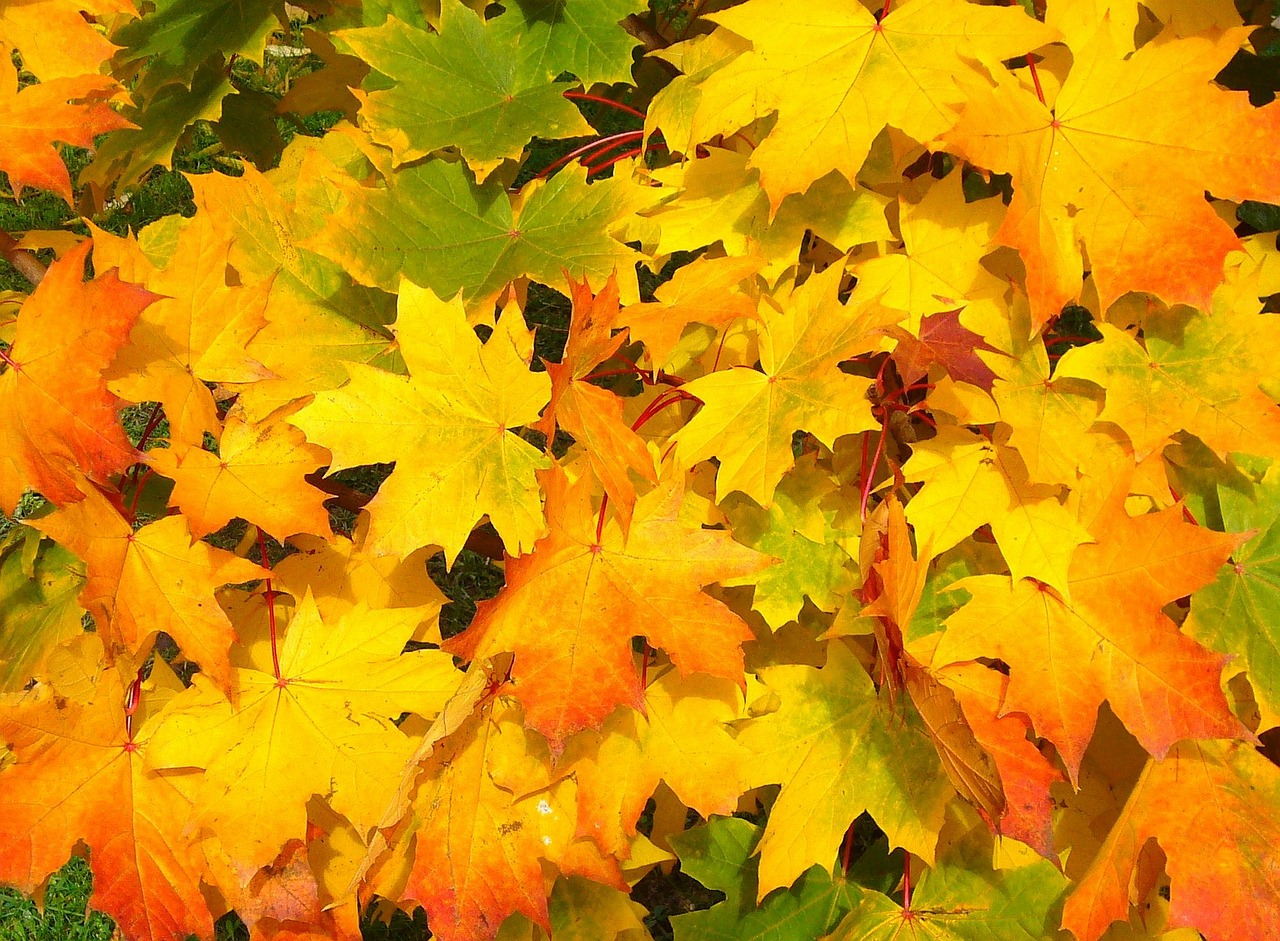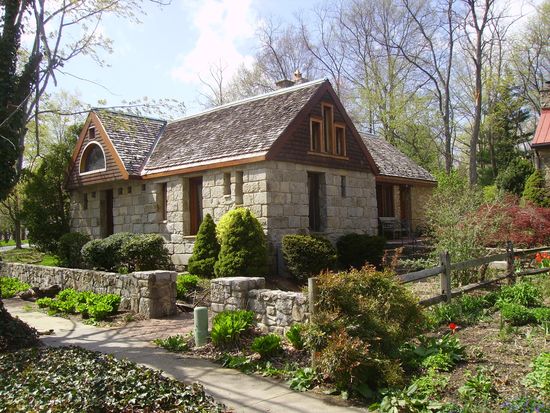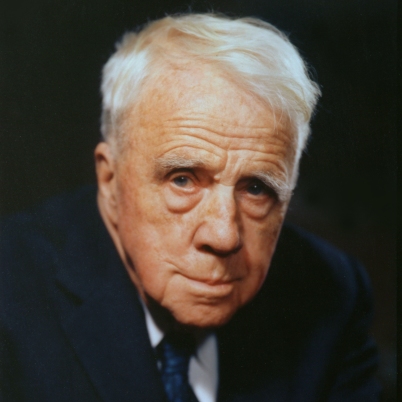Written in conversational language, the birches poem constantly moves from reverie to reflection, truth and imagination, earth and heaven, concrete and spirit, control and abandon and flight and return. In the first section of the poem, he gives us the possible explanations for the bending of the birch trees. Then he goes on to describe the snows and their beauty. A strong sense of escapism is evident in both of these sections which becomes more evident in the later portions of the poem when he speaks of leaving this earth because of its confusion and make a heavenward journey. But the speaker does not want to die by leaving earth forever. He wants to come back to this earth as he thinks earth to be the right place for love. So, after an initial world-weariness, the poet-narrator reconciles to the idea of reality.
Birches Analysis
The narrator evokes a strong nostalgia of his childhood days in the Birches poem. The mood of the poem is an imaginative & a dreamy one. The poem deals with the underlying themes of human escapism, fantasy & boyhood musings. Nature also plays a substantial role in the poem. The poem is written in blank verse with a particular emphasis on “sound of sense”. The Birches poem uses the natural world and seemingly everyday events as a vehicle to explore the human experience. Originally this poem was called “Swinging Birches” one of Frost’s early works published in 1916, a title perhaps more accurately depicting the subject.
In writing the Birches poem, Frost was inspired by his childhood experience with swinging in birches which were a popular children’s game during his time. The poem moves back & forth between two visual perspectives: birch trees as bent by boy’s playful swinging & by ice storms, the thematic interweaving being somewhat puzzling. The birches bent “across the lines of straighter darker trees” subtly introduce the theme of imagination & will opposing darker realities. The visual image of the bent birches causes the narrator to speculate about how the tree became that way. He prefers his idea of the boy swinging in the birch trees thus arching its branches. But, he is forced to acknowledge the truth that the bends are caused permanently by the ice storms. This scene combines images of beauty & distortion. Ice shells suggest radiating light & color, & the trees bowed to the level of the bracken suggest suffering which is lightened by the strange image of girls leaning their hair toward the sun as if in happy submission.
The “fallen inner dome of heaven” alludes to Shelley’s “dome of colored glass” to suggest the shattering of the ideal into everyday reality. The narrator has become weary of his responsibilities as an adult in this world where one has to maintain a rational outlook. The “considerations” he is weary are conflicting claims that leave him disoriented & stung. He feels lost. To him, life seems like “A pathless wood/ Where your face burns & tickles with the cobwebs.” In the poem, the act of swinging is presented as providing a recluse from the bitter truth or hard rationality. As the boy is climbing the tree he is climbing towards heaven where his imagination can be set free. The poet explains that climbing the birch is an opportunity to “get away from Earth awhile/ And then come back to it & begin over.” The strong sense of escapism is evident in these lines.” On a figurative level, climbing a birch tree becomes a way to escape the hard realities of the adult world.
The narrator admits that he used to be a “swinger of birches” and would like to be one again. He would like to abandon the cares of adulthood and become a boy once again. And when he escapes these cares, when he embraces imagination & eschews reality, he wants to do so by climbing a birch tree thus experiencing once again the carefree attitude of youth. Here the narrator begins to probe the power of his redemptive imagination as it moves from its playful phase toward the brink of transcendence. “A swinger remains grounded through the roots of the trees as he climbs, but he is able to reach beyond his normal life on the earth to a higher plane of existence.” The narrator also regrets that he can no longer find his peace of mind by swinging on birches. It is because he is an adult, he is unable to leave his responsibilities behind & climb toward heaven until he can start fresh on the earth.
It is also significant that the narrator’s desire to escape from the rationality is inconclusive. He wants to escape as a boy climbing toward heaven, but he also wants to return to the earth: both “going & coming back.” However much our narrator would like to get away from earthly responsibilities, he does not wish to be taken away for good. Therefore, he wants the fate to “half grant” him a wish to be distant from this world & his responsibilities. The word half grant is of particular importance here as he is reluctant to go away permanently. After all, “Earth’s the right place for love/ I don’t know where it’s likely to go better.” He only wishes to go “toward heaven” & not to heaven. The freedom of imagination is wondrous & appealing but the narrator still cannot avoid returning to the “Truth” & his responsibilities on the ground; the escape is only a temporary one. The Birches poem ends on a lighter note stating that “one can do worse than being a swinger of birches.”
Birches Poem Central Idea
The Birches poem is reminiscent of the poems of The Romantics. Nostalgic, dreamy, escapist- it has all the qualities of any other romantic poems. The poem opens by giving the possible explanations of the bending of the birch trees. Then the poet goes on to explain the beauty of the crystallized snows and ice-capped trees. The poet imagines a boy bending the branches while returning after herding his cows. The poet again mentions another boy bending the branches of trees in his father’s orchard. And this reminds the poet of his similar childhood experiences. He expresses his desire to go away from this world of responsibilities and return to his childhood once again so that he could start his life afresh from the beginning. He wants the fates to grant him a half wish as he doesn’t want to go away permanently from this world but to come back again because, after some considerations, he reconciles to the idea that earth is the best place for love.
The theme or the central idea of birches is the interrelationship between reality & imagination.
The poet knows very well that the bending of birches can only be brought about by an ice storm. Yet, he prefers to think that it is done by some energetic prankster. The poem illustrates the poet’s ability to take what seems to be mundane activities of life & turn it into something that holds a deeper meaning. The Birches poem revolves around a boy living in the countryside “whose only play was what he found himself,” in this case, riding birch branches. On a more deeper & figurative level, we also find the theme of life & death underlying in the poem. The poet writes a lot of meditations on life & death bringing forth some elements of spirituality. Moreover, Birches is a poem about Truth.
Truth is at times cold & uninviting. A pinch of fantasy makes the truth appealing & wondrous. Here we find the tendency of human escapism. Truth is personified as she breaks in “with all her matter of fact” when the narrator was enjoying the idea that some frolicking boy had caused the damage. The narrator cannot avoid returning to the “truth” & responsibilities of the ground. He wishes for a temporary escape either as an imaginative writer or a climber of birches. He is ready to face reality after his brief suspension of it. “Birches” captures the nostalgic memory of a countryside boy and fuses it into the worldly wisdom of the grown-up man he has become. Swinging in the birch trees is like swinging between the opposites: there are many contrasts inside the Birches poem – earth & heaven, control & abandon, reality & imagination, escape & responsibility. Like all poems of Robert Frost, it begins in wisdom and ends in delight.
Some online learning platforms provide certifications, while others are designed to simply grow your skills in your personal and professional life. Including Masterclass and Coursera, here are our recommendations for the best online learning platforms you can sign up for today.
The 7 Best Online Learning Platforms of 2022
- Best Overall: Coursera
- Best for Niche Topics: Udemy
- Best for Creative Fields: Skillshare
- Best for Celebrity Lessons: MasterClass
- Best for STEM: EdX
- Best for Career Building: Udacity
- Best for Data Learning: Pluralsight
















